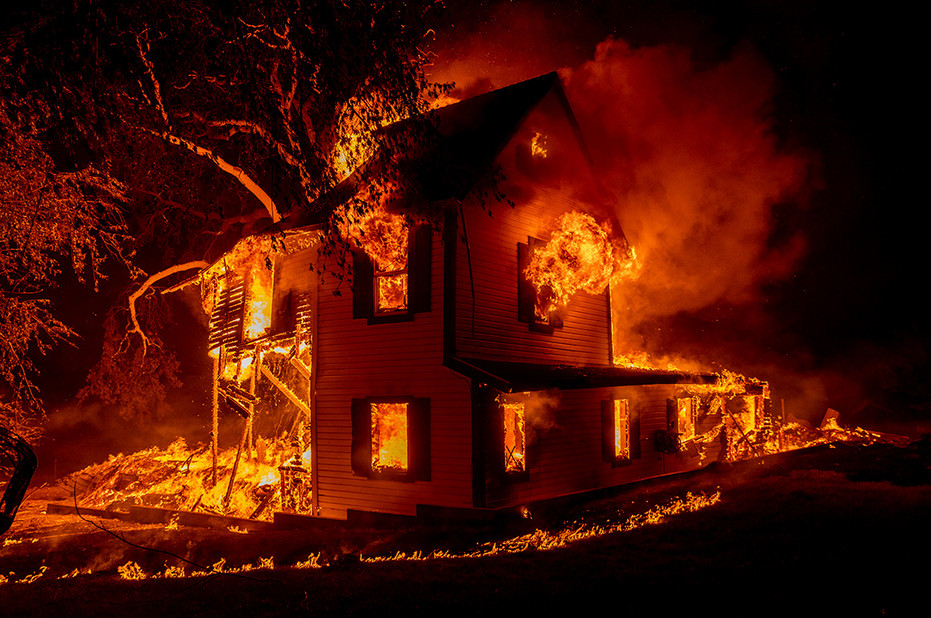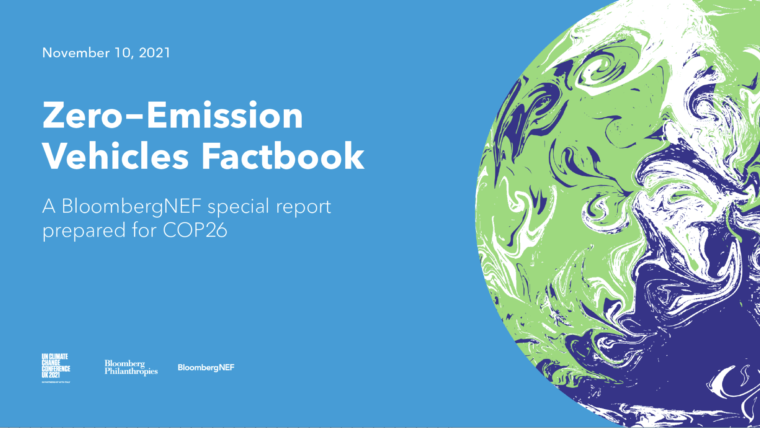You probably didn’t notice that I didn’t send a post last week. We had the grandsons here and that consumed all our attention!
In looking over the recent news I didn’t see any single item that I want to highlight this week so I thought I’d update you on a plethora of ones that I regularly bring to your attention. So here goes…
First, of course, is about transportation starting with cars and trucks.
I often hear the accurate observation that the auto manufacturers don’t really do much advertising and promotion of EVs. That’s been true. The complaint is that since they don’t promote them they don’t and won’t sell and that they should do more to create the market. But, in my view and experience in the industry, while the manufacturers can influence the market to some degree, basically, they follow the market and “fish where the fishing is good”. In plain language, they advertise the products that sell in high volume and, more than anything, try to convince buyers to buy THEIR product rather than the competition’s. But now that’s beginning to change for two reasons. First, there is beginning to be a volume market for EVs. And second, for a variety of reasons, the manufacturers are betting their future on EVs and now they ARE trying to make the market. And thus…
from Bloomberg Green +Hyperdrive: January 15/2022
“Many of the major automakers, for the first time, began giving plug-ins the kind of nationwide push typically reserved for their best-selling combustion engine models.
Car brands collectively ran four times as many national television ads for EVs in 2021 as they did in either of the previous two years. General Motors Co., Ford Motor Co., and Volkswagen AG, among others, spent an estimated $248 million on nearly 33,000 spots, up from $83 million spent on 8,000 commercials in 2019, according to data from marketing analytics startup EDO, Inc. Meanwhile, ads for traditional models slid by more than 35,000 airings, with automakers lowering their national TV budgets from an estimated $3.8 billion in 2019 to $3.1 billion in 2021.”
And then there’s this news pointing to where things are going.
Bloomberg Hyperdrive: January 4, 2022

The Mercedes-Benz Vision EQXX
“The company (Daimler) says the sedan can drive about 620 miles on a single charge with a battery half the size of Mercedes’s EQS, its current flagship electric vehicle. Engineers who work on Daimler’s record-breaking Formula 1 team helped craft the battery. If all goes according to plan, the EQXX’s battery technology is set to be deployed in the company’s compact cars starting in 2024.
Mercedes’ EQS, introduced last year, will be among the weapons in the arsenal of the automaker going fully electric by 2030. Mercedes has vowed to defend its position in the luxury-car market with an accelerated $45 billion spending plan.
Bloomberg News: January 5, 2022
GM Enters Electric Pickup Battle With 400-Mile Silverado EV
https://www.bloomberg.com/news/articles/2022-01-05/gm-enters-electric-pickup-battle-with-400-mile-silverado-ev
The Silverado will trail Ford’s F-150 Lightning to market by a year, but GM says its pickup will have more range and greater towing power. The automaker will offer a commercial version of the truck and one for retail customers called the RST. Both will go 400 miles (640 kilometers) on a charge, easily beating the Ford and Rivian R1T trucks.
The EV battle will bring pickups into a new age, where the fight will extend to range, as well as the usual bragging rights over horsepower and how much truck each can tow and haul.
Now turning to the insurance industry and how the availability of coverage for homes is evaporating…
From E&E News: December 22, 2022
More Californians Enroll in Last-Resort Insurance Pool
https://franklytalking.com/wp-admin/post.php?post=7217&action=edit

A home burns during the Dixie wildfire near Janesville, Calif., in August.AP Photo/Ethan Swope
“Climate-fueled wildfires in California are forcing more people into a “last resort” insurance plan to protect their homes, new data shows.
The FAIR Plan, an insurance pool of licensed insurers in California, covers those who can’t get policies elsewhere.
New membership in that club grew by 77,650 last year, the most recent year data was available. That’s a bump from 75,247 new policies the previous year.
In addition, the total number of people renewing existing policies in the FAIR Plan swelled sharply, to 163,816 last year — up from 117,170 the previous year, the California Department of Insurance analysis said.
Policies in the FAIR Plan represent less than 3 percent of those insured in California. But Western wildfires are burning hotter and faster, and damages are increasing. It’s threatening insurance coverage in the nation’s most populous state, though Insurance Commissioner Ricardo Lara has imposed a temporary moratorium on canceling people in certain high-risk areas.
“There’s no doubt that climate change is contributing to greater risk of fires, and also flooding and extreme heat.””
Wall Street Journal: January 20, 2022
Wildfire Risk in California Drives Insurers to Pull Policies for Pricey Homes
AIG and Chubb are cutting back on coverage of multimillion-dollar homes, following years of non-renewals by midrange insurers
https://www.wsj.com/articles/wildfire-risk-in-california-drives-insurers-to-pull-policies-for-pricey-homes-11642593601
As early as this month, American International Group Inc.AIG -2.58% will begin notifying about 9,000 customers in its Private Client Group that their home policies won’t be renewed this year.
E&E News: January 18, 2022
One of the World’s Wealthiest Oil Exporters is Becoming Unlivable
https://subscriber.politicopro.com/article/eenews/2022/01/18/one-of-the-worlds-wealthiest-oil-exporters-is-becoming-unlivable-285262
“Global warming is smashing temperature records all over the world, but Kuwait — one of the hottest countries on the planet — is fast becoming unlivable. In 2016, thermometers hit 129 Fahrenheit, the highest reading on Earth in the last 76 years. Last year, for the first time, they breached 122F in June, weeks ahead of usual peak weather. Parts of Kuwait could get as much as 40 degrees hotter from 2071 to 2100 compared with the historical average, according to the Environment Public Authority, making large areas of the country uninhabitable.
For wildlife, it almost is. Dead birds appear on rooftops in the brutal summer months, unable to find shade or water. Vets are inundated with stray cats, brought in by people who’ve found them near death from heat exhaustion and dehydration. Even wild foxes are abandoning a desert that no longer blooms after the rains for what small patches of green remain in the city, where they’re treated as pests.”
And in case you have any lingering doubts about how fast and bad climate change is happening…
From Bloomberg Green: January 13, 2022
The World’s Troubling New Tempo of Temperature Records
https://www.bloomberg.com/graphics/2022-record-high-temperature-world-maps/?sref=pD2ECzY4&mc_cid=589638dfa3&mc_eid=8f4760cc57
Last year’s global average temperature was at least 1.04°C above the average from 1880 to 1900, according to reportsreleased Thursday by NASA’s Goddard Institute for Space Studies, NOAA and Berkley Earth, a research nonprofit. A dataset updated on Monday by the EU Copernicus Climate Change Service put 2021 in fifth place for heat.
In a stable climate, without annual re-orderings at the top of the hottest-years list, the world should set hot and cold records about evenly. But as greenhouse gas pollution continues to rise, hot extremes are intensifying and becoming more frequent. Cold spells are becoming weaker and more rare, a major UN-backed assessment concluded in August. Of 458 new regional temperature records counted in one analysis, just 54 were cold extremes…
“Now predictions of increasing heat are beyond doubt. In fact, greenhouse gas has propelled every decadal temperature average higher than the one before it since the 1960s. Twenty-one of the hottest 22 years since 1880 have occurred in this century, reflected in these maps of heat records from previous years. The pattern is too clear to miss.”…
Consequences of record-breaking heat
Heat can kill in several ways, all of them preventable with cooling infrastructure. Hotter nighttime temperatures, which prevent bodies from cooling down, are sometimes linked to more deaths than daytime extremes. In June’s western North American heat wave, nighttime temperatures didn’t drop in some places below 25°C (77°F). This contributed to a spike in excess deaths in British Columbia that dwarfed the mortality impact of Covid-19 that week.”
And the real life consequences of extreme heat on health?
E&E News: January 19, 2022
Rising Heat Linked to Kids’ ER Visits
https://subscriber.politicopro.com/article/eenews/2022/01/19/rising-heat-linked-to-kids-er-visits-285325
“A first-of-its-kind study found that heat and its health effects boost the risk of kids landing in the emergency room during summer months by nearly 12 percent.
The new study, from Harvard researchers and published in the peer-reviewed journal Environmental Health Perspectives,”
“Our study suggests that this is just as big of a health impact among children as it is among adults given the same exposure, and I think that may be surprising to people,” …
Much of the public attention to the health impacts of heat often falls on the elderly and other vulnerable adult populations who may have underlying heart or lung conditions that make them particularly at risk of dehydration and heat stroke.
The new study reveals that not only are children at increased risk of needing emergency care due to heat-related illnesses typically found in adults but that they are also more likely to need emergency care for other conditions adults typically don’t suffer from.”
For example, heat increased the risk of emergency room visits by 31 percent for heat-related illnesses and more than 25 percent for bacterial intestinal infections.
E&E News: January 6, 2022
Wildfires Are Fueling a Toxic Combo of Air Pollutants
https://subscriber.politicopro.com/article/eenews/2022/01/06/wildfires-are-fueling-a-toxic-combo-of-air-pollutants-284871
“Unseen dangers accompanied deadly flames in the record-breaking wildfire season that raged across the U.S. West in 2020.
In addition to the millions of acres burned by the blazes, the thousands of structures they destroyed and the dozens of people they killed, the 2020 fires brought some of the worst air quality conditions ever observed across the region.
A dangerous combination of both fine particulate matter and toxic surface-level ozone — both forms of air pollution that can be produced or worsened by wildfires — built up in the air and spread across the Western states. Studies suggest that the population exposure to these combined pollutants was the highest observed since scientists started keeping tabs on them 20 years ago.
As the fires peaked on Aug. 21, 2020, scientists estimated that a record-breaking 46 million people — half the population of the western U.S. — were exposed to dangerous combinations of ozone and particulate matter pollution.
Both ground-level ozone, a major ingredient in smog, and particulate matter, or tiny pollution particles like soot from smoke, are hazardous to human health. They can irritate the airways, damage the lungs and make people more vulnerable to other dangerous health conditions like asthma, heart disease or lung disease.
When the pollutants are combined, scientists believe they have even worse effects on human health.”




